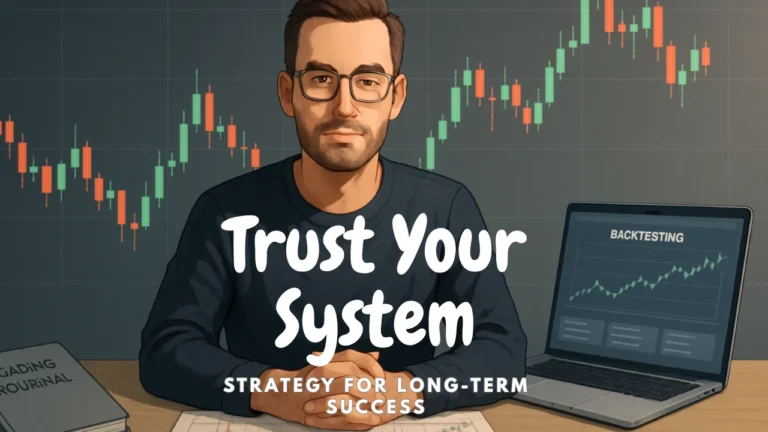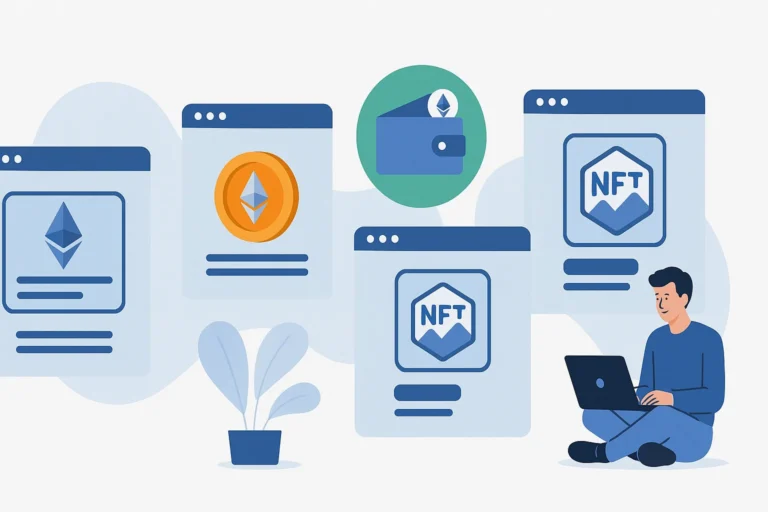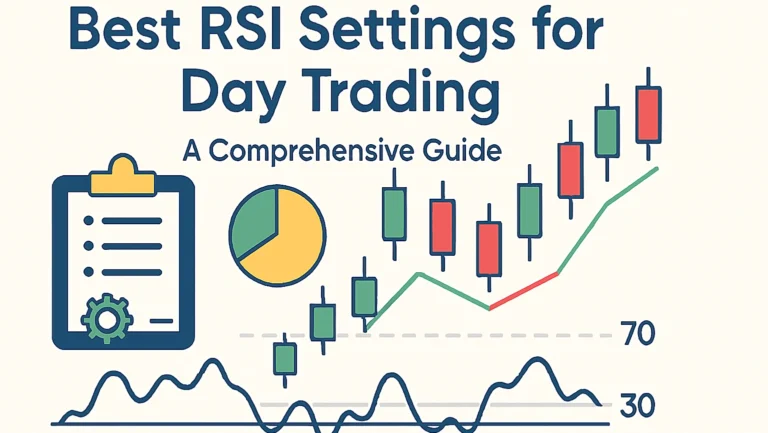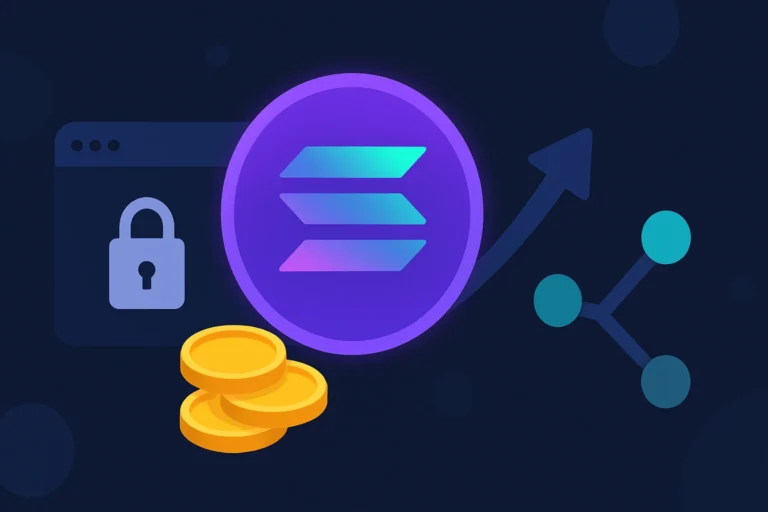Why Backtesting Does not Work for Every Crypto Trader

Let me keep it real with you.
I suck at backtesting.
Every time I try to go back on old crypto charts and manually test a strategy, it turns into a disaster. I either jump in too early, misread a level, or overanalyze everything. And the results? Not pretty. My backtested win rate once dropped to something like 1 win for every 20 losses. It was that brutal.
But here’s the crazy part…
I actually do way better in live market conditions, even if it is just demo trading.
Between June 3rd and June 30th, I took just 9 trades on a crypto demo account (wasn’t trading much because of final exams). But despite the low volume, I walked away with $15,741 in profit on a $150K account, that’s just one trade per day.
And no, I was not lucky-clicking buttons. I was deliberate, patient, and fully journaling each trade like it was real.
This got me thinking:
How can my backtesting results be so bad, but my live trading (even on demo) feels so natural and works?
So I did some digging and self-reflection.
Why My Backtesting Is Trash
Let’s break it down honestly.
When I backtest crypto manually:
- I already know what price is about to do
- I try to “predict” the perfect entry before it happens
- I enter way too early thinking I’m catching the move
- The stop loss gets hit, rinse and repeat
That’s because backtesting, for people like me, turns into overfitting. You try to make the data fit your idea of the market, instead of reacting like you would in real time. And since I’m a discretionary trader, not a fully mechanical one, it just doesn’t click.
Why Live Demo Trading Feels Better
In the live market, even with fake money, I’m watching price unfold second by second. I am paying attention to:
- How candles are forming
- What volume is doing
- How price reacts to key supporta and resistance
- Whether liquidity is being taken
- The time of day (Asia, London, New York sessions)
These are real-time cues that help me say:
“Okay, now’s the moment to enter.”
Not some fixed rule like “Enter when RSI is below 30 and MACD crosses.”
That flexibility gives me confidence. I feel the flow. And most importantly, I can wait for confirmation.
Backtesting vs Live Crypto Trading: Key Differences
| # | Backtesting | Live/Demo Trading |
|---|---|---|
| Feels forced | You already know the outcome, subconsciously | You don’t know what happens next |
| Too rigid | Follows strict entry rules | Allows discretion and adaptability |
| Stress-free | No emotional pressure | Real emotions like hesitation, greed, or doubt |
| Hard to read context | No candle speed, order flow, or time cues | All those live signals are present |
| Easy to overfit | You build entries based on known results | You react to what price is doing now |
What I’m Doing Instead of Traditional Backtesting
Here’s how I’ve adjusted my approach to work with my trading personality not against it:
1. Replay Mode Trading
Instead of scrolling through 100 days of data and guessing where I’d enter, I use TradingView Bar Replay:
- I pick a session (like NY open)
- Hit play, and trade it like it’s live
- Pause and reflect after key moves
This keeps my brain in “live mode,” where it performs better.
2. Journaling Like a Pro
Every trade goes into a journal with:
- Screenshot of what I saw before entry
- What made me take the trade
- What worked or didn’t
- Emotions I felt at entry, during, and at exit
Over time, this builds my discretionary edge. It teaches me what to look for again, and what to avoid.
3. Refining My Entry Timing
Since I often get the direction right but enter too early, I am focusing more on:
- Waiting for liquidity grabs
- Watching for fakeouts
- Letting price run past my level and then returning
- Waiting for candle close confirmation on the 1-minute chart
This small adjustment is a game-changer. It turns “almost right” into “dead on.”
Conclusion
If your backtesting sucks but your live (or demo) crypto trading is solid, don’t panic. You’re not broken. You’re not doing it wrong.
You’re likely a discretionary trader, and your edge lives in how you react to the market, not in how perfectly you can simulate old trades.
Instead of wasting energy trying to force backtesting to work:
- Embrace forward testing
- Use replay sessions
- Build a solid trading journal
- Keep refining your entries in real time
The market rewards consistent decision-making, not spreadsheet perfection.
If you can stay consistent for 3–4 months in demo with solid risk management and emotional control, you’re already miles ahead of most.
f you’re struggling with backtesting but thriving in the live crypto market, don’t ignore that. It’s a clue to how your mind works and where your edge really is.
You don’t need to follow the crowd.
You just need to understand your style, build habits around it, and keep refining.
Let your results speak for themselves.
FAQs
Q1. Should I completely stop backtesting if it’s not working for me?
Not necessarily. Use it for context, not for fine-tuning exact entries. Or switch to replay mode, it is more aligned with real trading behavior.
Q2. Does demo trading really count?
Yes, if you treat it seriously. Use proper risk, follow a strategy, and journal it like real money. It builds the discipline and habits you need for live trading.






